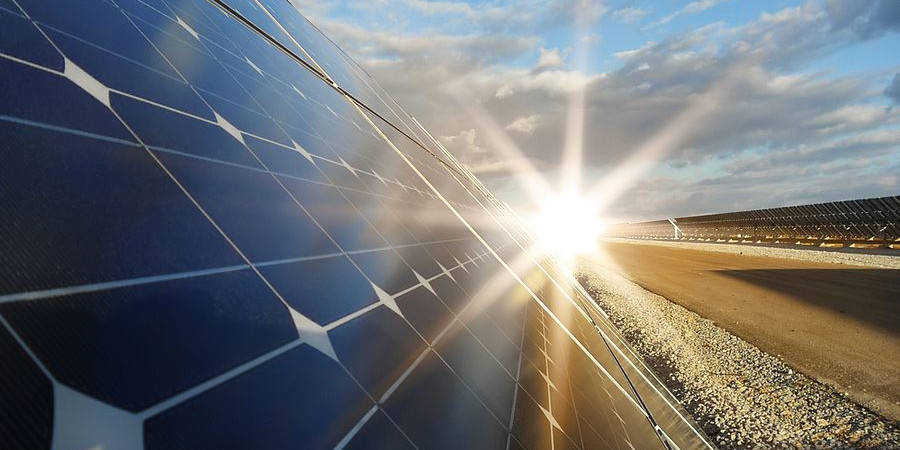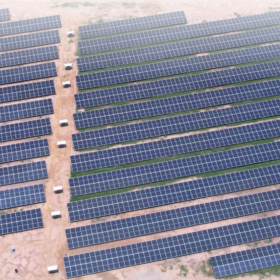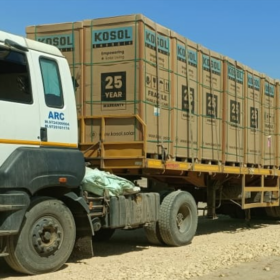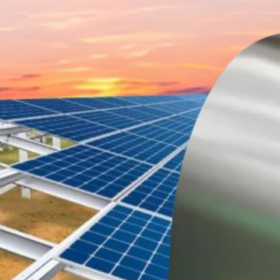From pv magazine Global
While India’s solar PV ambitions are high, more efforts are needed in the implementation of and adherence to the International and National Quality Infrastructure (QI) is a challenge. India has set a target of 300 GW solar PV by 2030, with a cumulative capacity of 63.8 GW of solar PV projects currently in the pipeline. But in India, solar PV quality focuses more on component certification and less on the design and engineering of the solar energy plants, as highlighted by multiple experts from the sector in a workshop on QI this spring. The degradation rate of modules in India is 1.2% per year, while the global average is much lower at 0.4-0.5%. If India wants to change this trend, it needs to focus on quality infrastructure in the overall value chain to ensure a sustainable operation and long-term growth.
Global trends for solar PV are bright, and India can be at the forefront of installing additional capacities: During the 2010-2021 period, IRENA data shows that the global Capital Expenses costs (or CAPEX) for solar PV projects declined by 80%, capacity factors increased to 17.2%, and the levelized cost of electricity (LCOE) decreased by 88%. On the latter point, since 2010, LCOE costs for solar PV in India have declined by 90%. According to the International Renewable Energy Agency (IRENA), the global cumulative capacity of solar PV in 2021 was 843 GW. To meet the net zero scenario, however, this capacity needs to increase to 5,221 GW and 14,036 GW by 2030 and 2050 respectively – QI will play a key role in meeting this goal.
The International Forum on Quality in the Indian PV Sector in Delhi raised many of these issues. IRENA, together with the co-organizers of the meeting, the German Metrology Institute, India’s National Institute of Solar Energy (NISE), and India’s Ministry of New and Renewable Energy, discussed with Indian private sector representatives and authorities how investing in enhancing the quality infrastructure can help unlock the vast potential of the PV industry in the country.
Looking first at the risk that too few investments in QI hinder capacity, the meeting concluded that hot spots due to poor module design, microcracks due to transportation protocols not being adhered to, corrosion due to low moisture resistance of modules, broken solder joints due to poor wiring techniques, and broken cells because of people stomping on cells without awareness/training on correct installation practices all play a role in lowering quality. India’s quality gaps are usually the result of aggressive climate conditions and strong price pressure in the marketplace. These challenges are typical, but not limited to India. Recommendations are therefore relevant beyond the Indian situation.
How can India’s PV sector overcome these challenges by investing in QI? QI is an interdependent ecosystem of the different elements (accreditation, certification, standards, testing, metrology, inspection and monitoring) working together in harmony, and all associated services should be developed in unity and not in a piecemeal fashion. Improvements all along the QI system are necessary and interconnected; the workshop participants identified the following recommendations as the most pressing:
- Advanced testing: On manufacturing, there is a need to perform advanced tests (e.g., mechanical and dynamic test stressing of modules, determination of PV yield, etc.) as there are significant differences between samples versus actual products going to market.
- Metrology: From a metrological perspective, there was a clear identification to improve calibration and testing capabilities for solar cells, modules, and high-capacity inverters.
- Lab infrastructure: Lab infrastructure should be in sync with industry development. Indian test labs need to be independent from manufacturers and regulators.
- Verification and accreditation: India has numerous standards but there is no verification of the installed plant. Verification must come at the stage when the plant is commissioned.
- Tendering and funding: QI elements are included, however, there is no independent body to verify compliance with the elements included in the tender and no quality rating mechanism for plants.
- Internationally Harmonized Standardization: Development and standardization foster international trade. In India the standards developed by the Bureau of Indian Standards (BIS) are followed as a priority, but there is a need to increase adoption and synergies with the International Electrotechnical Commission (IEC) standards in the marketplace.
- Installation: Workers need to be trained to ensure they have the skills to follow installation standard protocols and guidelines. Lenders must demand that a descriptive report for each solar PV plant project be provided.
As these recommendations clearly show, while India has done tremendous progress and is pose to become a global leader in solar PV technology, there is still further work concerning QI improvements in the country, as for example the degradation rate of solar panels signals that the industry must take this path. By doing so, the entire industry and its consumers are the beneficiaries. After all, QI services outweigh their costs. On average, QI accounts for only 5% of total project costs. That is a win for everyone.
This article was contributed by the International Renewable Energy Agency (IRENA).
The views and opinions expressed in this article are the author’s own, and do not necessarily reflect those held by pv magazine.
This content is protected by copyright and may not be reused. If you want to cooperate with us and would like to reuse some of our content, please contact: editors@pv-magazine.com.








By submitting this form you agree to pv magazine using your data for the purposes of publishing your comment.
Your personal data will only be disclosed or otherwise transmitted to third parties for the purposes of spam filtering or if this is necessary for technical maintenance of the website. Any other transfer to third parties will not take place unless this is justified on the basis of applicable data protection regulations or if pv magazine is legally obliged to do so.
You may revoke this consent at any time with effect for the future, in which case your personal data will be deleted immediately. Otherwise, your data will be deleted if pv magazine has processed your request or the purpose of data storage is fulfilled.
Further information on data privacy can be found in our Data Protection Policy.